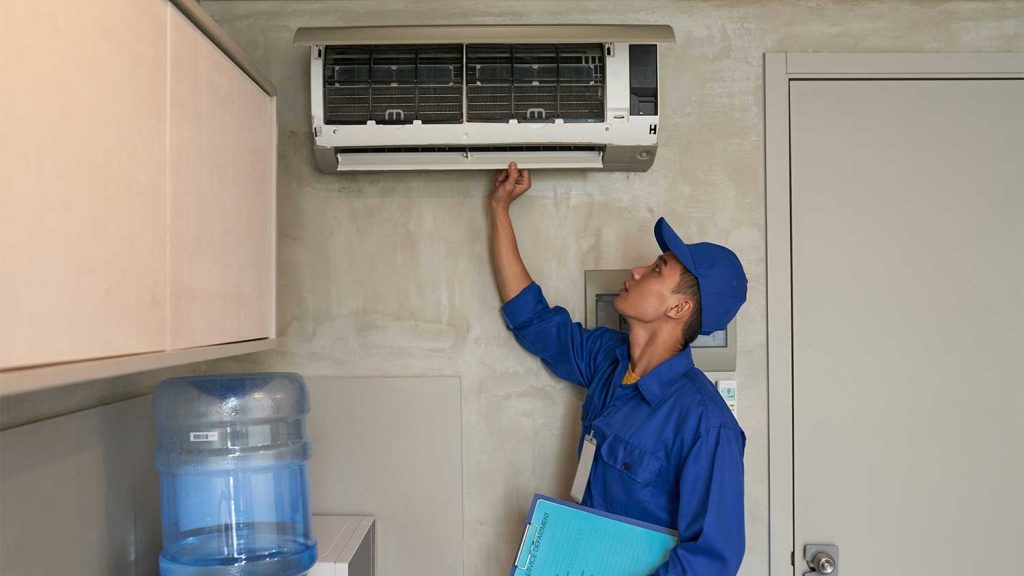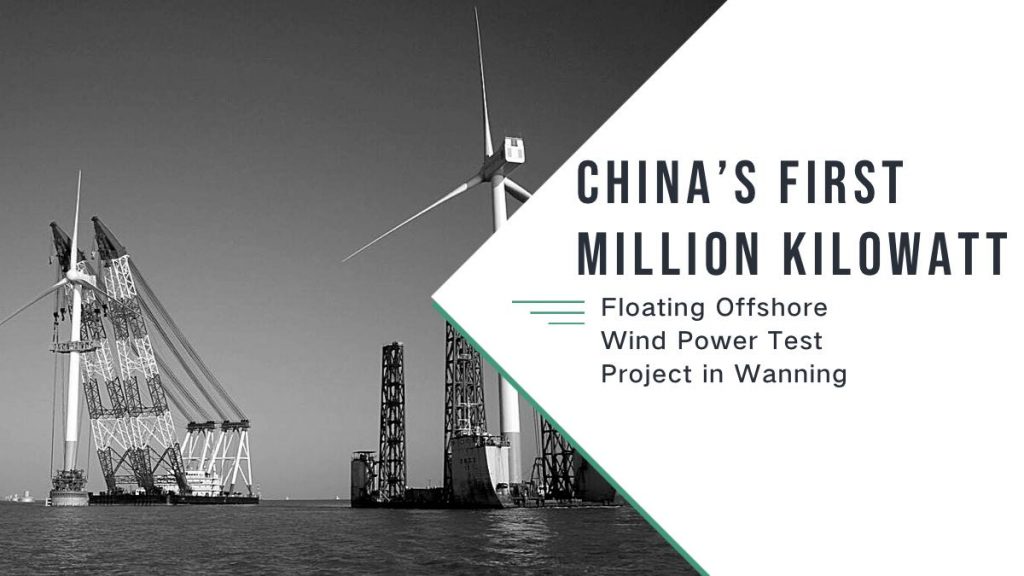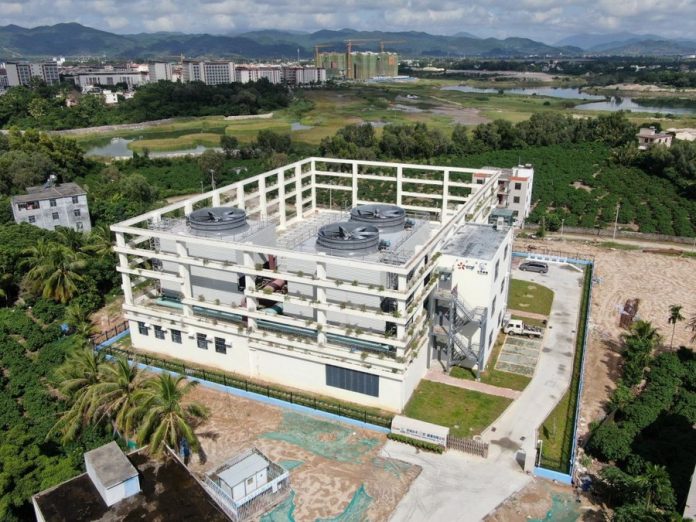SANYA, Hainan – Sanya, a renowned tropical retreat in southern Hainan Island, has taken a pioneering step by replacing conventional air conditioning units with a centralised cold-water supply across select luxury hotels and duty-free outlets. The initiative offers a potential eco-friendly remedy for Hainan’s tropical summer temperatures.
The concept of district cooling, wherein a centralised source generates and circulates chilled water to cool multiple structures in a given vicinity, has garnered widespread attention amid the ongoing heatwave in China. Its appeal lies in the dual promise of delivering refreshing indoor environments while optimising energy consumption.
EDF Changfeng (Sanya) Energy Co., Ltd., the operator of Sanya’s district cooling system, has confirmed that seven prominent hotels, along with the Sanya International Duty-Free City situated in Haitang Bay, have embraced the pioneering approach.
The Haitang Bay area is host to a constellation of upscale accommodation, including reputable names such as the Westin, Edition, and Fairmont.
By means of an intricate network of pipelines, the Sanya District cooling grid dispenses water at a cool 7 degrees Celsius. This arrangement capitalises on economies of scale and centralised management, endowing it with a distinct energy efficiency edge over stand-alone air conditioning units.

Unveiled in 2021, the Sanya District cooling system boasts an impressive capacity to annually save an estimated 28,000 metric tonnes of standard coal and slash carbon dioxide emissions by a staggering 76,000 metric tonnes when operating at full capacity, as per statements provided by the system’s supplier.
This cooling innovation also carries ancillary benefits for the hospitality sector. According to Liu Guoyang, the secretary-general of Hainan’s hotel engineering association, employing district cooling not only curtails bacteria proliferation but also mitigates noise pollution when contrasted with conventional cooling methods.
Liu also remarked that, “The consciousness about the critical nature of energy preservation and carbon footprint reduction is increasingly permeating Sanya’s hospitality industry.”
Related article: China’s first million kilowatt floating offshore wind power test project in Wanning







